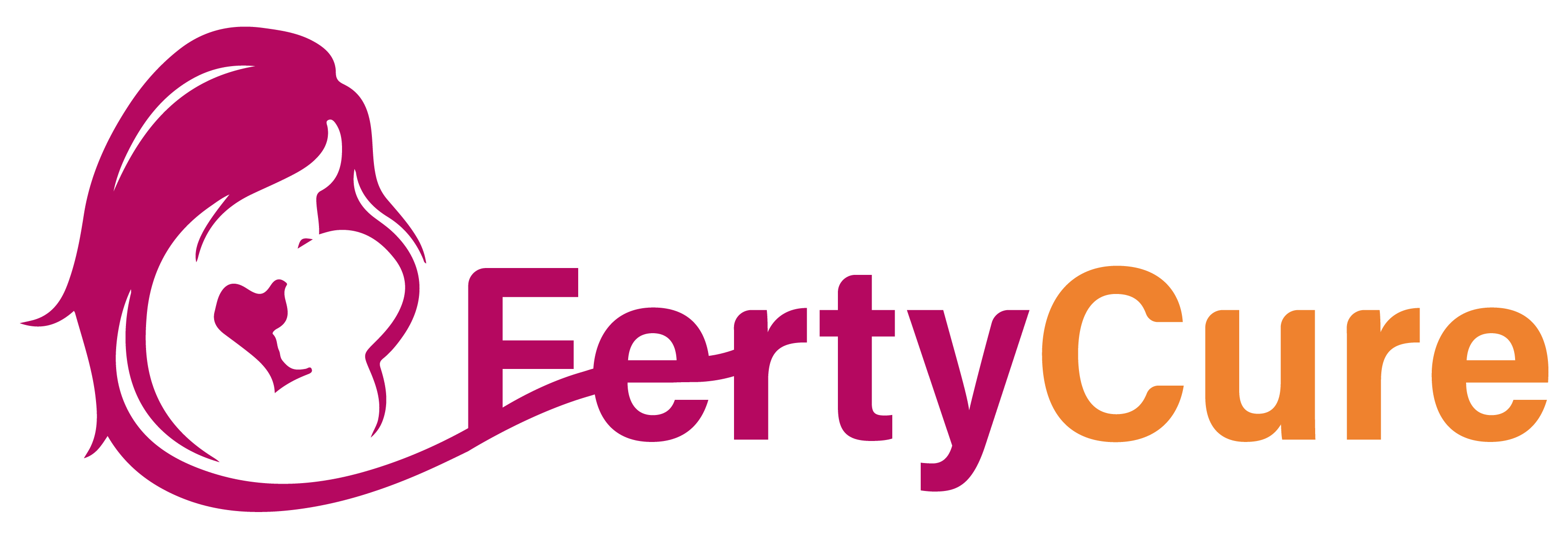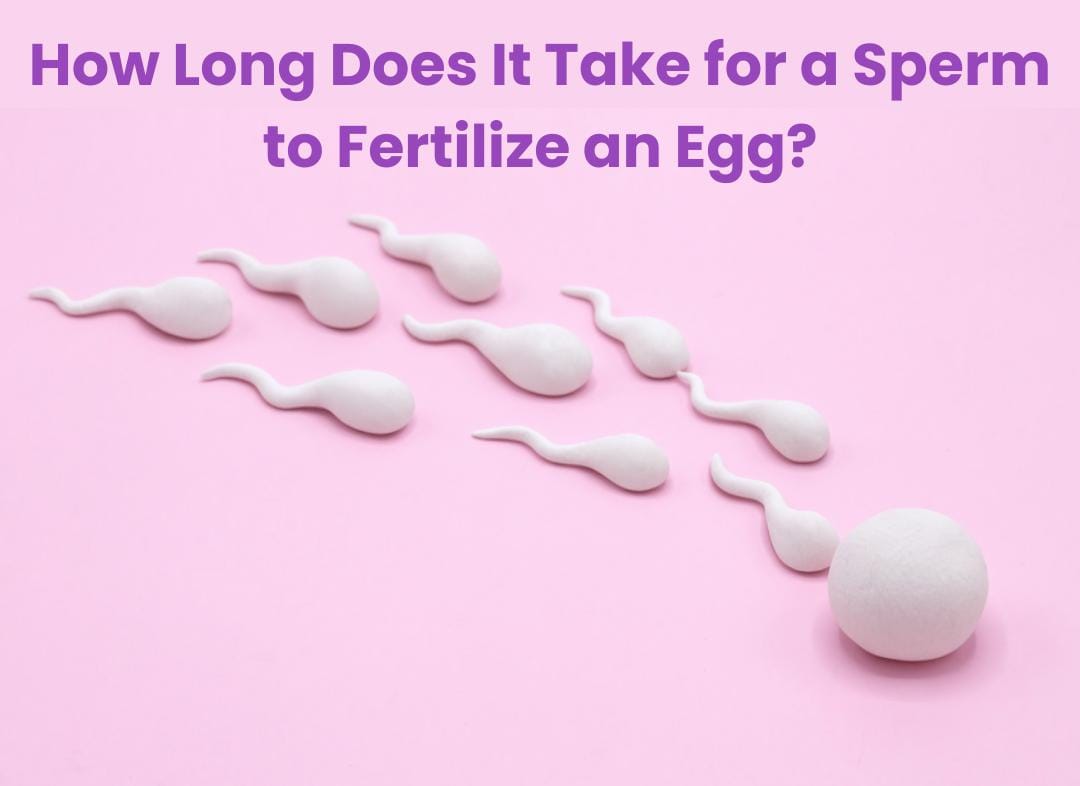Table of Contents
How Long Does It Take for a Sperm to Fertilize an Egg?
Fertilization is the fusion of a sperm and an egg which marks the first step in creating a new life. It is a complex biological process that begins as soon as sperm enters the female reproductive system. While sperm can reach the egg within minutes, the actual process of fertilization, which includes the sperm penetrating the egg and the two fusing to form a zygote, takes much longer. In this blog, we’ll dive into the timeline of fertilization, the biological processes involved, and the various factors that can affect how long it takes for sperm to fertilize an egg.
Read More: How long does it take for Sperm to reach the Egg?
The Process of Fertilization
To understand how long fertilization takes, it’s essential to break down the journey from ejaculation to zygote formation. Fertilization occurs in several stages, each with its own timing.
- Ejaculation and Sperm’s Journey to the Egg
Fertilization begins with ejaculation, during which millions of sperm are released into the female reproductive system. Once in the vagina, the sperm move through the cervix. After passing the cervix, they continue into the uterus and eventually reach the fallopian tubes, where fertilization typically takes place.
How long does this take?
In an ideal scenario, sperm can reach the fallopian tubes within 30 minutes to a few hours after ejaculation. However, this time can vary significantly based on several factors like sperm motility, the presence of cervical mucus, and any potential obstacles within the reproductive system. Even after sperm reaches the egg, fertilization doesn’t happen immediately.
- Capacitation: Preparing the Sperm for Fertilization
Sperm undergoes a process known as capacitation once they reach the fallopian tubes.This is a biochemical change that improves the sperm’s ability to move and fertilize the egg. The capacitation process allows the sperm to penetrate and move through the outer layer of the egg, called the zona pellucida.
How long does capacitation take?
Capacitation takes anywhere from 5 to 10 hours, depending on the individual sperm and the conditions within the female reproductive system. This step is very important for ensuring the sperm has the capacity to get fused with the egg.
- Penetration of the Egg and Fusion
Once capacitated, the sperm uses enzymes from its head (acrosome) to penetrate the zona pellucida. After successfully reaching the egg’s membrane, the sperm fuses with it, depositing its genetic material inside.
How long does this take?
The actual penetration and fusion process happens within minutes once a sperm reaches the egg. However, it may take hours for the sperm to break through the zona pellucida and complete fusion, especially if the egg is surrounded by multiple sperm.
The Timeline of Fertilization
From ejaculation to complete fertilization (when the sperm’s DNA fuses with the egg) can vary but usually ranges from 12 to 24 hours on an average. While the sperm may reach the egg within hours of intercourse, the biological processes required for fertilization, including capacitation, penetration, and fusion, mean that fertilization is not an immediate process.
The Role of Ovulation in Fertilization
How Long it take for Sperm to Reach the Egg during Ovulation?
Ovulation plays a major role when fertilization occurs. Fertilization can only happen if a mature egg is present in the fallopian tubes, which happens during ovulation. If sperm reach to the fallopian tubes before ovulationit will wait there for the egg’s release. In optimal conditions, sperm can remain viable in the female reproductive system for up to five days.
If intercourse takes place after ovulation, the time frame for fertilization is much shorter, as the egg is viable for only 12 to 24 hours after being released. This narrow window makes the timing of intercourse around ovulation critical for fertilization.
Factors That Influence Fertilization Time
Several factors can influence how long it takes for sperm to fertilize an egg. These include:
- Sperm Health and Motility
Sperm motility, or its ability to swim efficiently, plays a significant role in how quickly it can reach the egg. Healthier, more motile sperm can reach the fallopian tubes faster and are better equipped for fertilization.
- Female Reproductive Health
Any issues within the female reproductive system, such as blocked fallopian tubes or the presence of hostile cervical mucus, can slow down or prevent sperm from reaching the egg. Additionally, conditions such as polycystic ovary syndrome (PCOS) or endometriosis can disrupt the normal ovulation process, affecting the timing of fertilization.
- Cervical Mucus
Fertile cervical mucus, which is thin and slippery, aids sperm in its journey through the cervix and into the uterus. The presence of fertile cervical mucus can significantly speed up the process, allowing sperm to reach the egg more efficiently.
- The Timing of Intercourse
Having intercourse during the fertile window, which spans the days leading up to and including ovulation, increases the chances of fertilization. Sperm can wait for ovulation in the fallopian tubes, ensuring that when the egg is released, it is fertilized quickly.
What Happens After Fertilization?
After fertilization, the resulting zygote must travel down the fallopian tube and into the uterus for implantation. This process can take an additional 6-10 days after fertilization. Once the zygote implants in the uterine lining, pregnancy officially begins, and the body starts producing human chorionic gonadotropin (hCG), the hormone detected by pregnancy tests.
Conclusion
Fertilization is a multi-step process that doesn’t happen immediately after sperm reaches the egg. From ejaculation to the final fusion of sperm and egg DNA, the entire process takes anywhere from 12 to 24 hours. The timing of intercourse, sperm health, and the presence of a viable egg all play key roles in determining how quickly fertilization occurs. Understanding the complexities of this process can help couples time intercourse more effectively to increase their chances of pregnancy.
Frequently Asked Questions (FAQs)
- Can fertilization happen without ovulation?
No, fertilization cannot occur without ovulation. Ovulation is necessary for releasing a mature egg into the fallopian tube, where sperm can meet and fertilize it.
- Can sperm fertilize an egg days after intercourse?
Sperm can fertilize an egg for up to five days after intercourse, depending on how long they survive in the female reproductive tract. If sperm is present in the fallopian tubes when ovulation occurs, fertilization can happen even if intercourse took place days earlier.
- What are the signs that fertilization has occurred?
Fertilization itself doesn’t cause noticeable symptoms. However, some women may experience implantation symptoms, such as mild cramping or light spotting, 6 to 10 days after fertilization when the embryo implants in the uterus.

